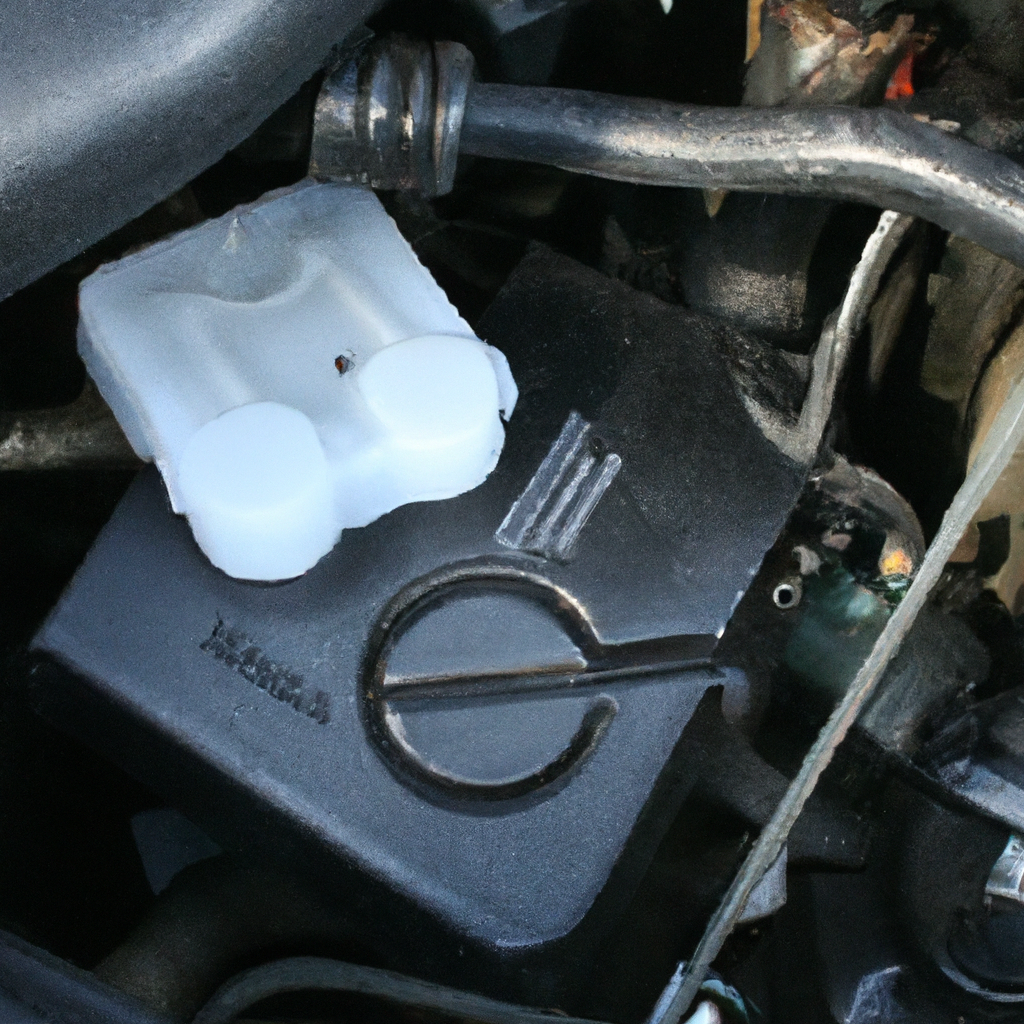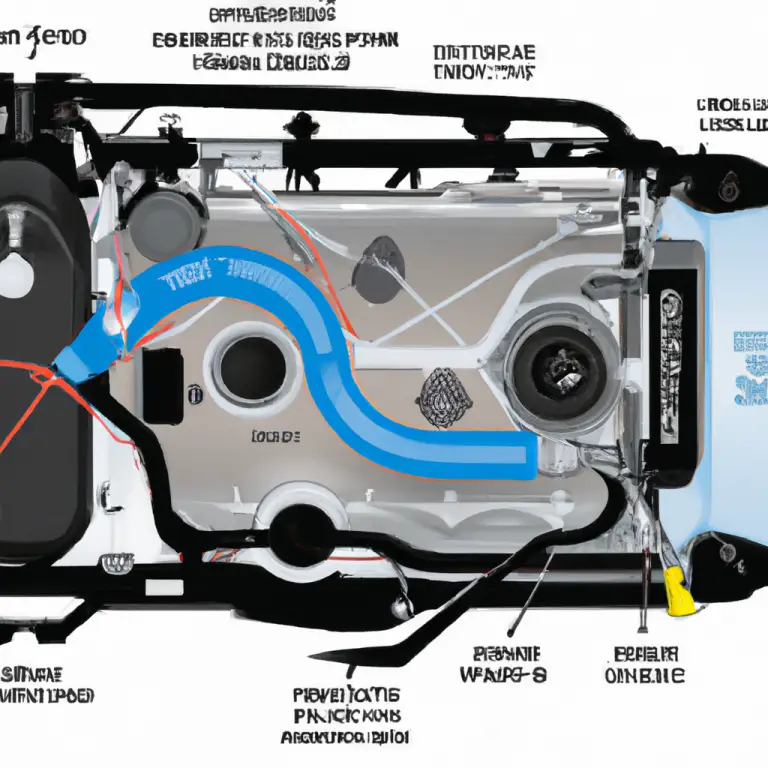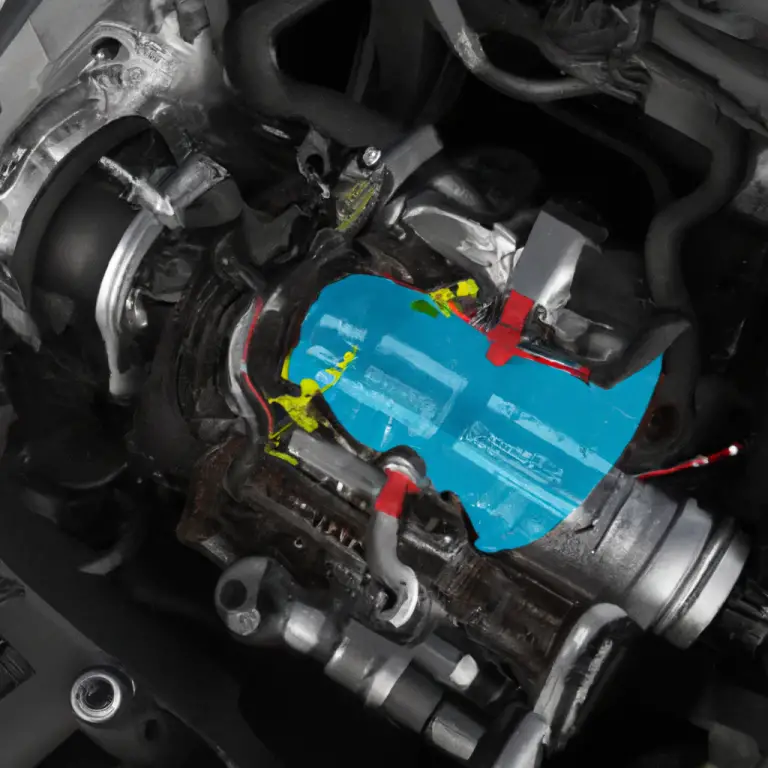2001 Ford Focus Coolant Temperature Sensor Location
Last Updated on by David Jon
In the comprehensive guide to understanding the “2001 Ford Focus Coolant Temperature Sensor Location”, you are provided with step-by-step instructions and relevant information that will significantly streamline the process. The technical know-how provided in this documentation can be tremendously valuable for those aiming to understand the intricacies of their vehicle’s cooling system or anyone looking to execute a DIY repair. We have designed this guide holistically, complete with high-quality visuals and related product recommendations, to ensure you have a well-rounded grasp of the subject matter. Not only will you locate the coolant temperature sensor, but you will also understand its function and connection within the broader context of your Ford Focus cooling system.
Understanding the Role of a Coolant Temperature Sensor
What is a coolant temperature sensor?
A coolant temperature sensor, also known as a coolant temperature switch or CTS, is a vital component of your vehicle’s engine management system, specifically for a 2001 Ford Focus. This small yet incredibly significant device monitors the engine’s coolant temperature and communicates this information to the engine control unit (ECU). The ECU uses this data to manage various engine functions, including fuel injection timing and ignition timing, to ensure optimal operation.
How does a coolant temperature sensor work in a 2001 Ford Focus?
In a 2001 Ford Focus, the coolant temperature sensor functions by measuring fluctuations in the heat levels of the car’s coolant. The sensor comprises a thermistor, a resistor whose resistance changes as the temperature fluctuates. When the coolant temperature rises, the sensor’s resistance decreases, which consequently provides the ECU with a voltage signal. The ECU interprets this signal and adjusts the functions of the engine accordingly, helping the vehicle maintain a safe operating temperature and maximum fuel efficiency.
Signs of a Failing Coolant Temperature Sensor in a Ford Focus
Unexpected changes in coolant temperature
An early warning sign of a faulty coolant temperature sensor in a Ford Focus is an unexpected or sudden change in coolant temperature. This could indicate that the sensor is not accurately recording temperature levels, or that it’s sending incorrect signals to the engine.
Engine overheat warning light on dashboard
Another common sign is the illumination of the engine overheat warning light on your dashboard. This usually occurs when the coolant sensor registers a temperature exceeding the standard operating range, signalling a potential engine overheating problem.
Irregular idle speed
A malfunctioning coolant temperature sensor can also lead to irregular idle speed. This happens when the sensor communicates erratic temperature readings to the ECU, leading to inconsistent engine idle speed, which can further affect your vehicle’s performance and fuel efficiency.
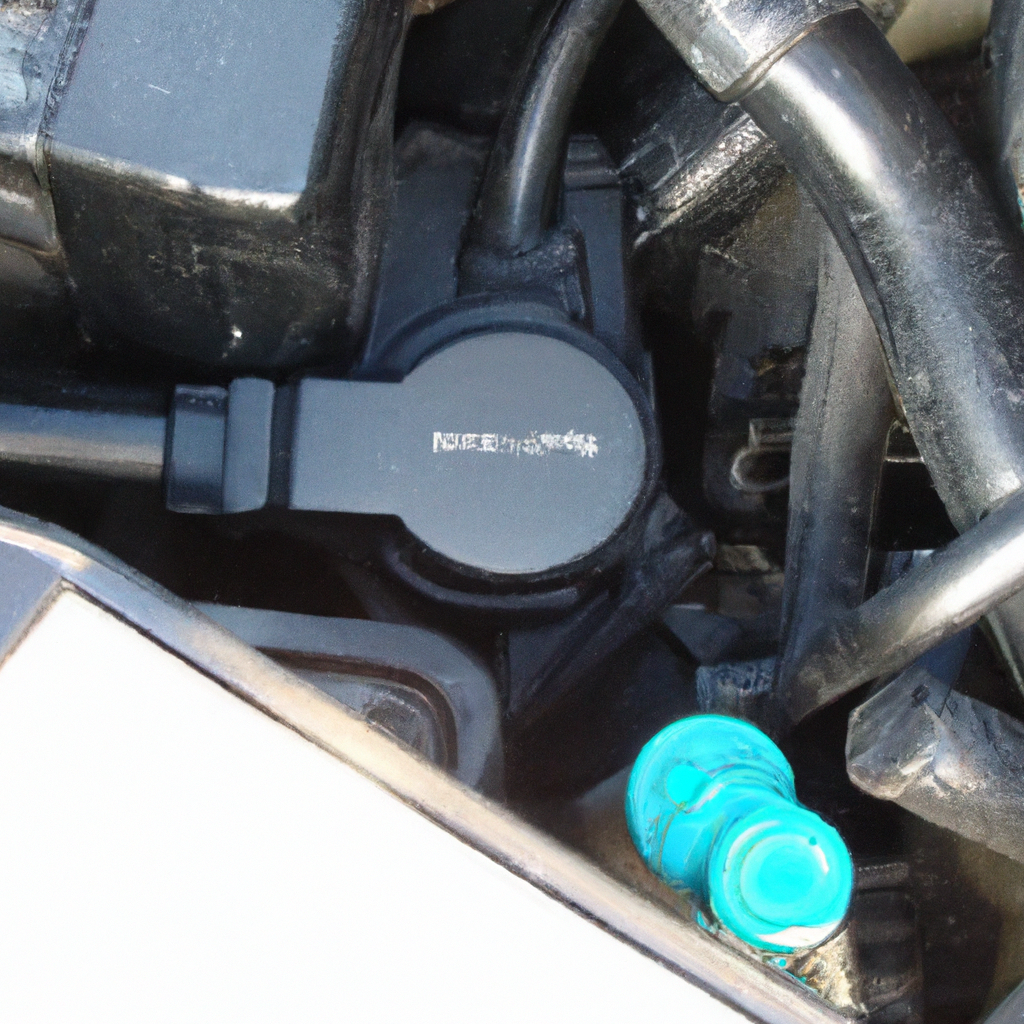
Benefits of Replacing a Faulty Coolant Temperature Sensor
Prevent engine overheating
A functional coolant temperature sensor is crucial for preventing engine overheating, which can lead to serious damage. By accurately monitoring coolant temperature, the sensor enables the ECU to manage the engine’s operations appropriately, ensuring it stays within a safe operating range.
Improve fuel efficiency
Accuracy in coolant temperature readings also contributes to improved fuel efficiency. Through optimal fuel injection timing and ignition timing based on accurate temperature readings, the engine is able to operate more efficiently, thereby increasing your vehicle’s fuel economy.
Improve vehicle performance
A functioning coolant temperature sensor is essential to the overall performance of your vehicle. It ensures the engine is operating at its best by maintaining its optimal temperature, enhancing your driving experience.
Tools Needed for Coolant Temperature Sensor Replacement
List of necessary tools
To replace a coolant temperature sensor on your own, you will need a set of standard tools, including a wrench or socket set for disconnecting the sensor, needle-nose pliers for removing the electrical connector, and a rag for cleaning the area prior to the new sensor installation.
Description of each tool’s role
The wrench or socket set is used to unscrew the faulty sensor from its place in the cooling system. The needle-nose pliers help you grip and remove the electrical connector securely attached to the sensor. Lastly, use the rag to eliminate any dirt or debris in the sensor’s mounting area to ensure efficient operation of the new sensor.
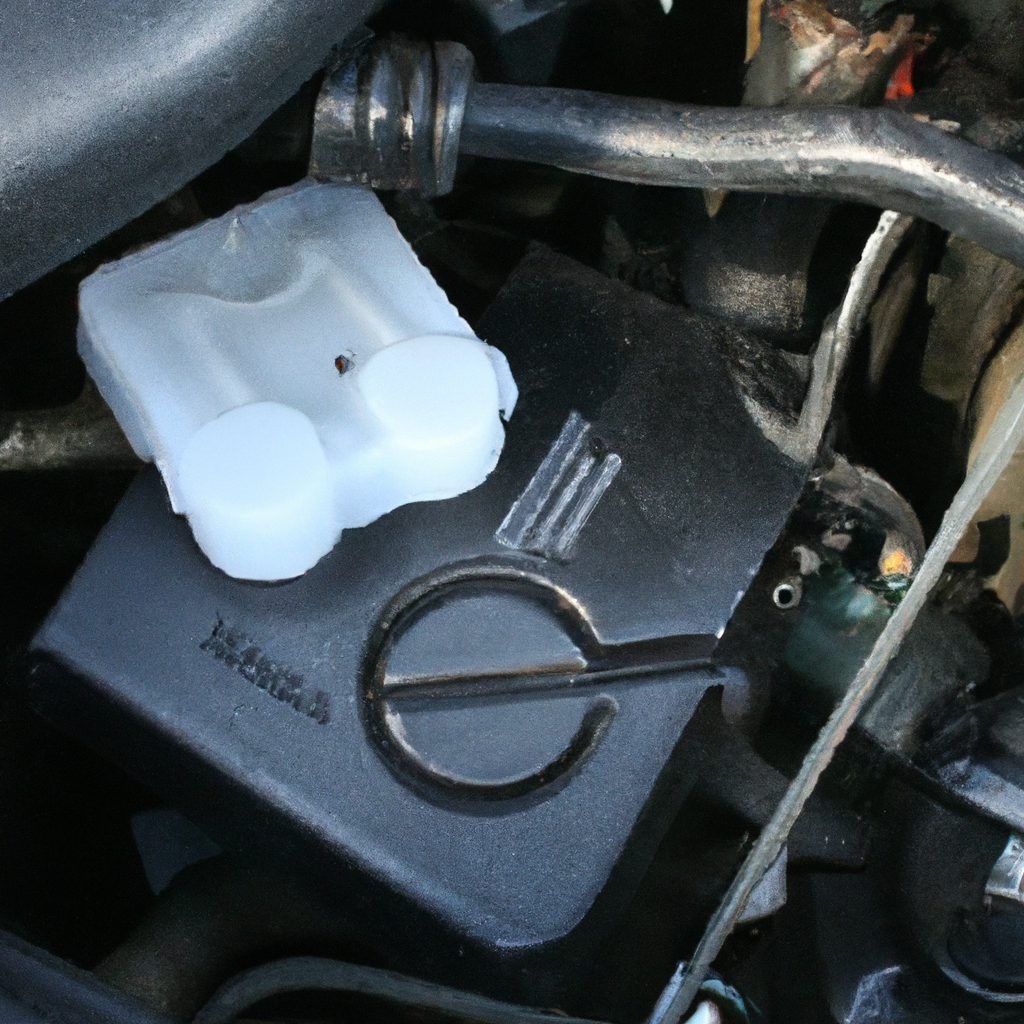
Step-By-Step Guide to Locating the Coolant Temperature Sensor in 2001 Ford Focus
Opening the hood
Begin by lifting and securing the hood to gain access to the engine components.
Locating the coolant reservoir
Next, locate the coolant reservoir. This plastic container is where the coolant fluid is stored. It’s usually marked with a bright cap and labeled with a warning to avoid opening it while the engine is hot.
Finding the Coolant Temperature Sensor
Next, identify the thermostat housing, typically located near the engine block. The coolant temperature sensor is usually mounted in or close to this housing. It is a small cylindrical component with an electrical connector attached to it.
How to Remove the Existing Coolant Temperature Sensor
Steps required to disconnect the sensor
To remove the existing sensor, disconnect the electrical connector. Then use your wrench or socket set to unscrew the sensor from the thermostat housing.
Precautions while handling the sensor
Ensure the engine is cool before attempting to remove the sensor to avoid any potential burns. Also, be careful not to harm the electrical connector as this will be needed to connect the new sensor.
How to Install a New Coolant Temperature Sensor
Steps to install the new sensor
Cleaning the sensor port using your rag is your first task when installing a new coolant temperature sensor. Once clean, the new sensor can be screwed into place using the wrench or socket. Make sure it’s secure but take care not to overtighten as it could damage the sensor. Finally, the electrical connector is reattached to the new sensor.
Points of caution during installation
It’s important to avoid over-tightening the sensor as it could result in damage to its structure. Also, ensure the electrical connector is securely attached to avoid intermittent signal transmission.
Testing the New Coolant Temperature Sensor
How to test the newly installed sensor
Turn on the engine and let the car run for a while to reach its standard operating temperature. Watch the dashboard to see if any warning lights come on. If the engine operates normally and no warning lights surface, the replacement has been successful.
Indications of a successful installation
A sign of a successful installation is smooth engine operation without any warning lights on the dashboard. In addition, your vehicle should return to its normal idle speed and your fuel efficiency should improve.
Common Problems and Troubleshooting Tips after Coolant Temperature Sensor Replacement
Potential issues after replacement
Some common issues you may encounter after replacing the coolant temperature sensor include intermittent warning lights on the dashboard, irregular idle speed, or poor fuel economy. These could indicate a loose electrical connector or an installation issue with the new sensor.
Troubleshooting tips
If you experience any of these issues, first verify that the electrical connector is securely attached to the sensor. If problems persist, you may need to check whether the sensor has been installed correctly, or if you have inadvertently purchased a faulty sensor.
Expert Recommendations for Maintaining the Coolant Temperature Sensor
Routine checks
Regular checks of the coolant temperature sensor are recommended, especially during your vehicle service intervals. These checks help identify any potential issues before they escalate, ensuring the longevity of the sensor.
When to consider replacement
Typically, a coolant temperature sensor is designed to last as long as your car does. However, if you notice issues with your vehicle’s performance, such as erratic idling or lower fuel efficiency, it might be time to consider replacing the sensor.
Expert tips on prolonging sensor lifespan
Maintaining a good coolant level, cleaning the sensor area from time to time, and avoiding poking or prodding the sensor can all contribute to prolonging the lifespan of this vital component. Additionally, ensure any replacement parts are compatible with your vehicle’s model and make.
In conclusion, understanding the role and functionality of a coolant temperature sensor can save you from potential vehicle issues and costly repairs. Correct and timely maintenance, coupled with a watchful eye for any signs of malfunction, can keep your car’s essential systems running smoothly for many miles. For more tips and advice on automotive troubleshooting and maintenance, stay tuned!

